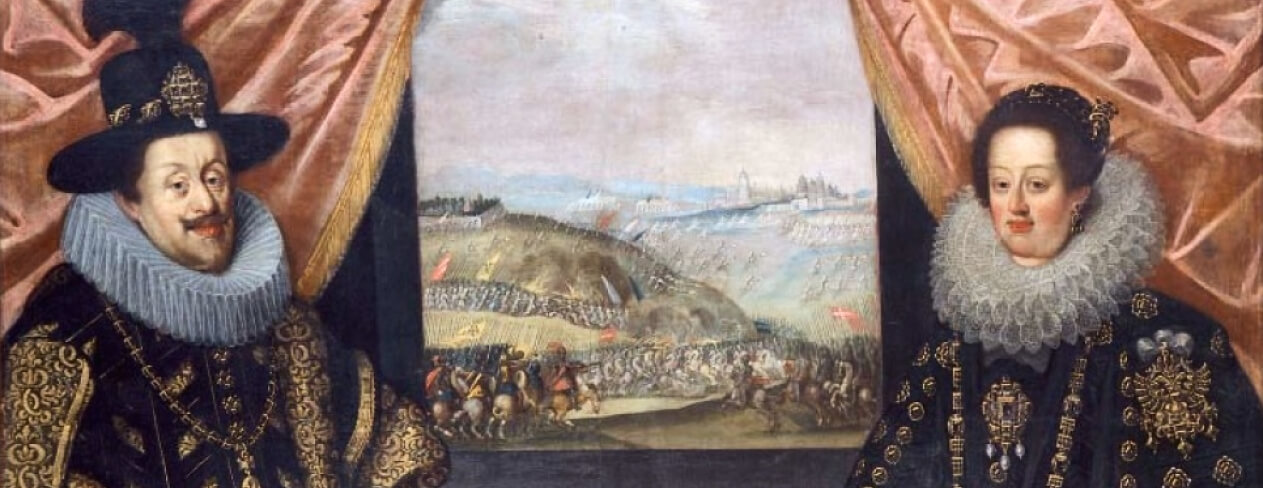
On 2 February 1622, Emperor Ferdinand II married his second wife, Eleonora of Gonzaga (1598–1655). In addition to both being grandchildren of Emperor Ferdinand I, her future husband—20 years her senior—was also her godfather. As a result, a double dispensation from the Holy See was required for their marriage.
Eleonora became a loving stepmother to Ferdinand’s children from his previous marriage, although she herself remained childless. However, her legacy among the Holy Roman Empresses is primarily defined by her cultural influence. She is credited, for instance, with establishing the tradition of attending opera and ballet performances as part of official ceremonies.
Her most lasting contribution to the Habsburg heritage, however, was securing the estate that we now know as Schönbrunn Palace. In the 17th century, the site was merely a small hunting lodge nestled in woodlands, used as a retreat by emperors and aristocrats. At Eleonora’s request, the modest manor house was renovated in the Baroque style to serve as her widow’s residence. While it remained relatively modest compared to later expansions in the following centuries, this was the first time Schönbrunn became a true palace.
Access to the Metatext via placing an order for an augmented product. See Terms of Use